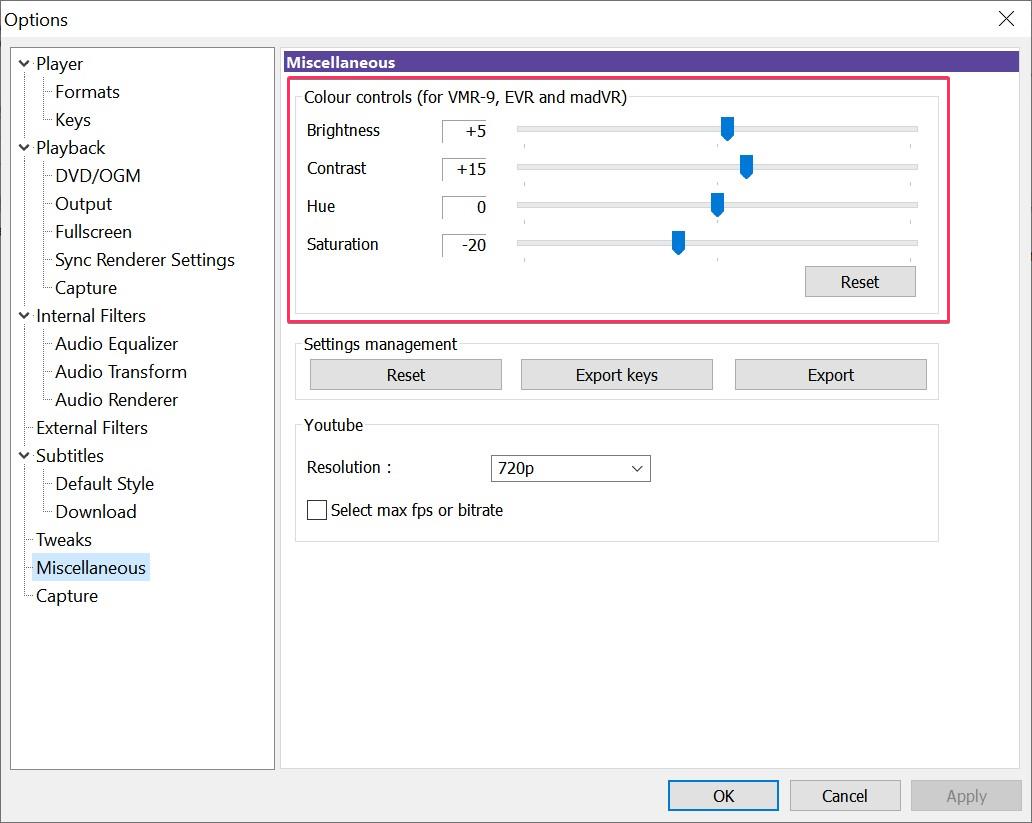

- #Multiple instances of davmail in system tray install#
- #Multiple instances of davmail in system tray android#
- #Multiple instances of davmail in system tray download#
- #Multiple instances of davmail in system tray windows#
#Multiple instances of davmail in system tray windows#
Windows App SDK: GetInstances returns all running instances of the app that are using the AppInstance API, whether or not they have registered a key.UWP: GetInstances returns only the instances that the app explicitly registered for potential redirection.Windows App SDK: The class supports instance redirection scenarios, and contains additional functionality to support new features in later releases.UWP: The class is focused purely on instance redirection scenarios.Instancing behavior in the Windows App SDK is based on UWP's model, class, but with some key differences: AppInstance class How the Windows App SDK instancing differs from UWP instancing Each time you attempt to launch Notepad, a new instance of Notepad will be created regardless of how many instances are already running. Notepad is a good example of a multi instanced app. Typically this is done using a single named mutex to indicate if an app is already running. Traditionally, unpacked apps are multi-instanced by default, but can implement single-instancing when necessarily. Attempting to launch a second instance of a multi-instanced app creates a new process and main window. Multi-instanced appsĪpps are multi-instanced if the main process can be run multiple times simultaneously. If you attempt to launch Mail again, the existing Mail window will be activated instead. When you launch Mail for the first time, a new window will be created. The Windows Mail app is a good example of a single instanced app. but have the ability to become multi-instanced by deciding at launch-time whether to create an additional instance or activate an existing instance instead. UWP apps are single-instanced by default. Single-instanced apps can create multiple background processes and still be considered single instanced. Note that this only applies to the main process. Attempting to launch a second instance of a single-instanced app typically results in the first instance's main window being activated instead. Follow the instructions to Create your first WinUI 3 project or to use the Windows App SDK in an existing project.Īpps are single-instanced if there can be only one main process running at a time.
#Multiple instances of davmail in system tray install#
For more information, see Install tools for the Windows App SDK.
#Multiple instances of davmail in system tray download#

To interact with a program in the system tray, select an icon with the mouse and double-click or right-click the icon. When more icons are installed in the system tray than can fit in the space allotted, the system tray becomes horizontally scrollable or expandable. Icons often installed in the system tray include the volume control for sound, antivirus software, scanner software, a channel viewer, player and a system resources indicator. What icons are located on the system tray?
#Multiple instances of davmail in system tray android#
While the Windows taskbar is located at the bottom right corner in most versions of the OS, it is located on the top right side of the screen for Linux, Mac OS, and Android systems.

However, its location varies from system to system. The system tray (or "systray") is a section of the taskbars in the Microsoft Windows operating system ( OS) user interface that provides easy access icons to the user's most commonly used apps and displays the clock.Ī system tray is also available in other OSes such as Linux, Mac OS, Android and iOS.


 0 kommentar(er)
0 kommentar(er)
